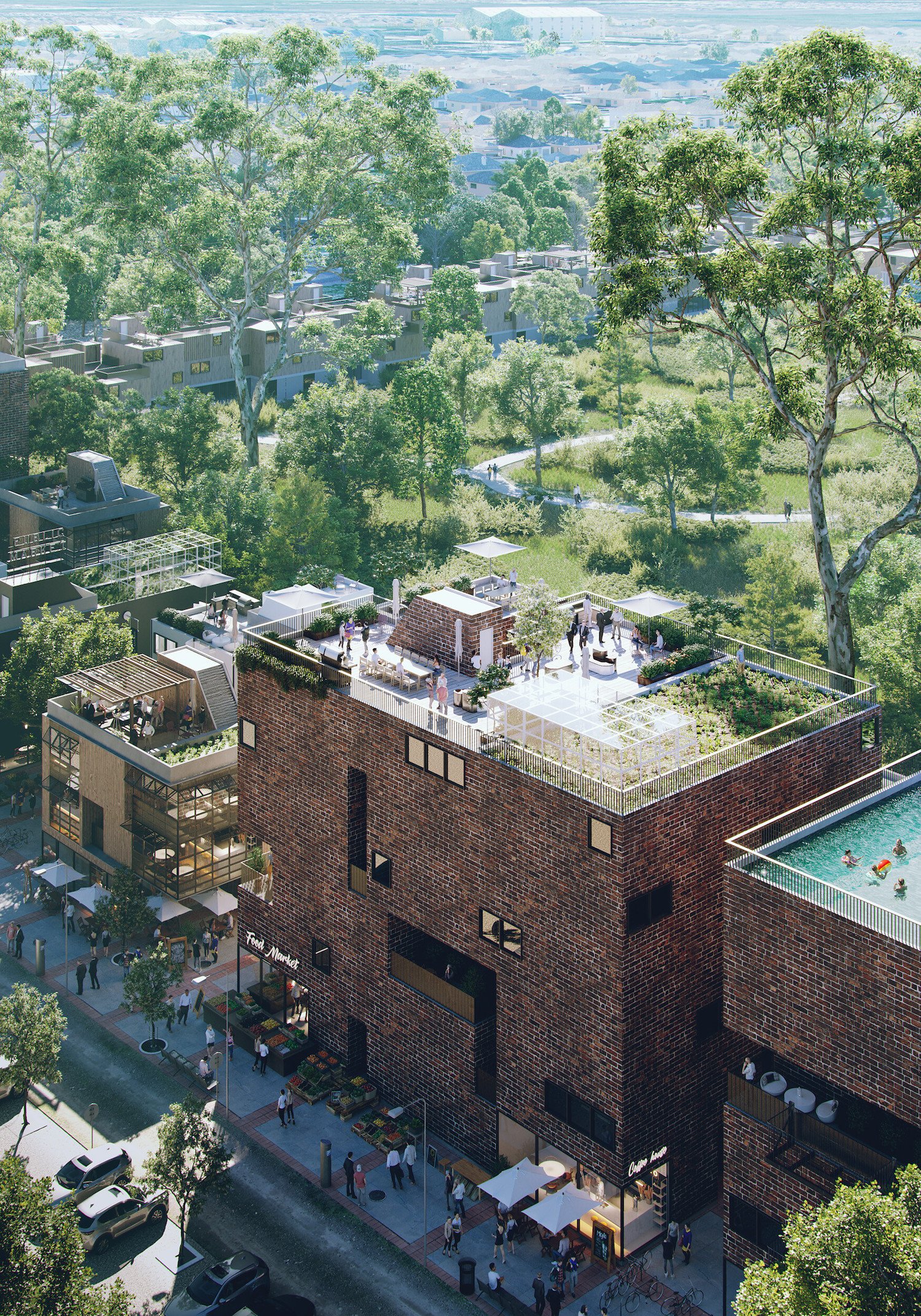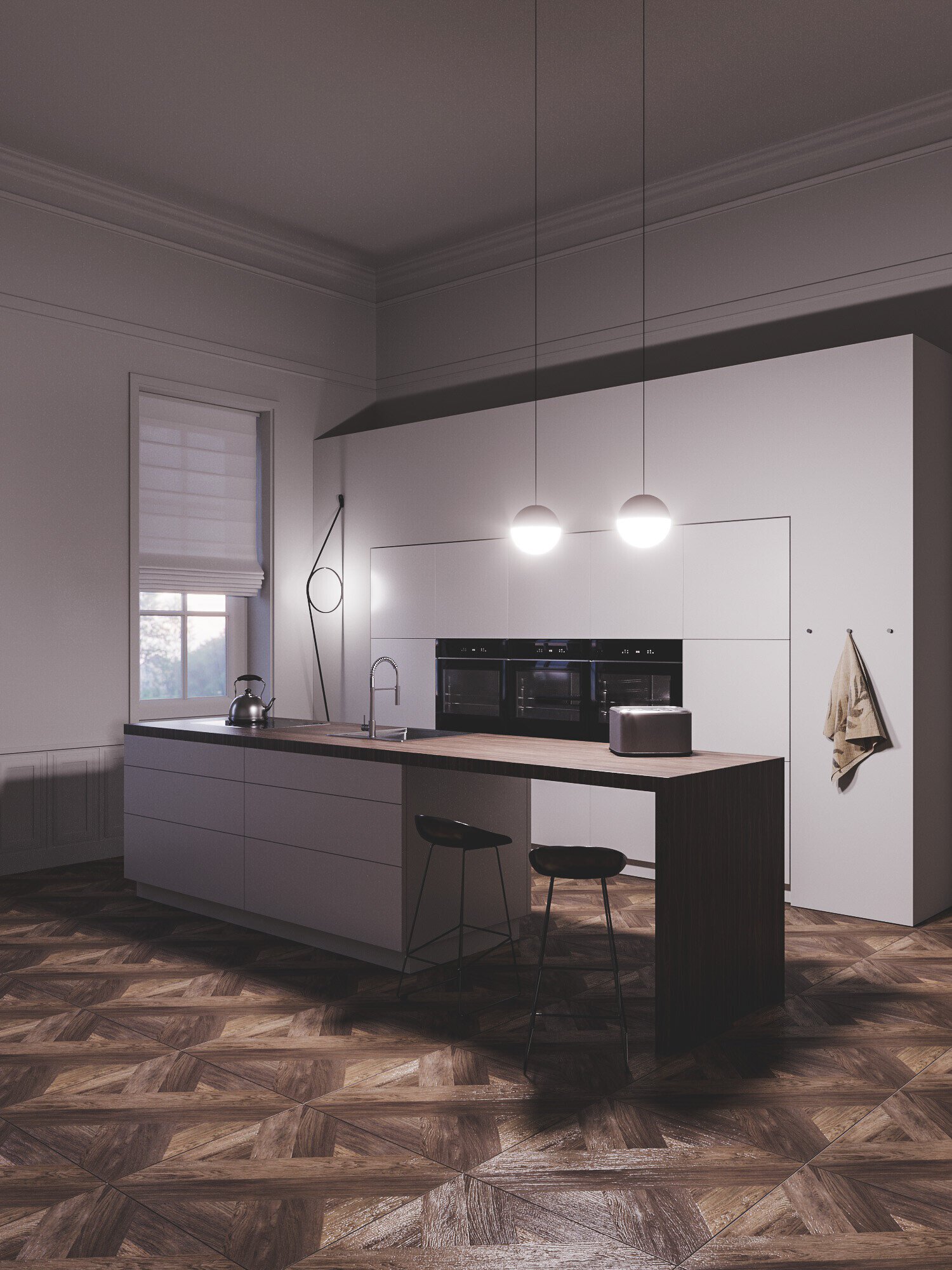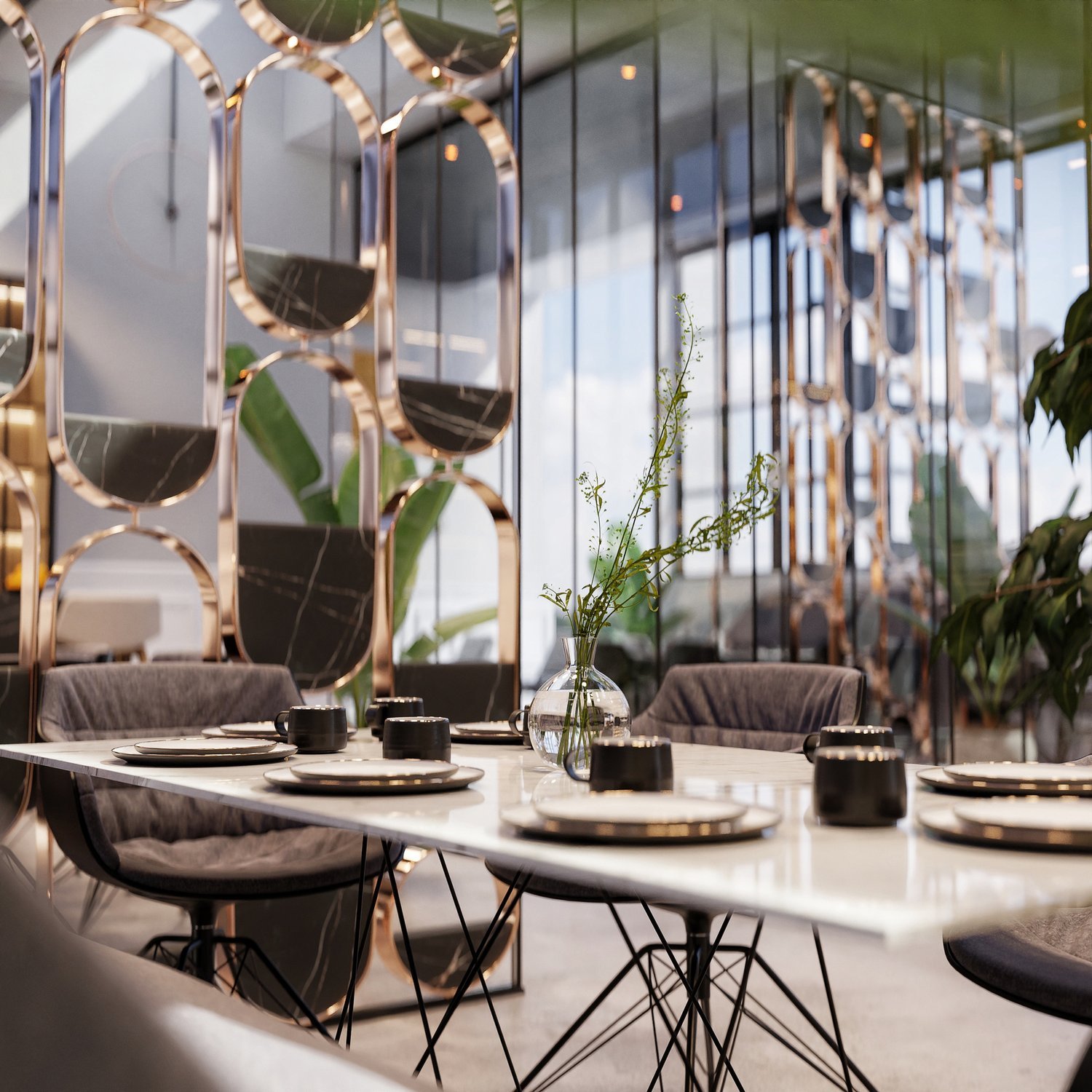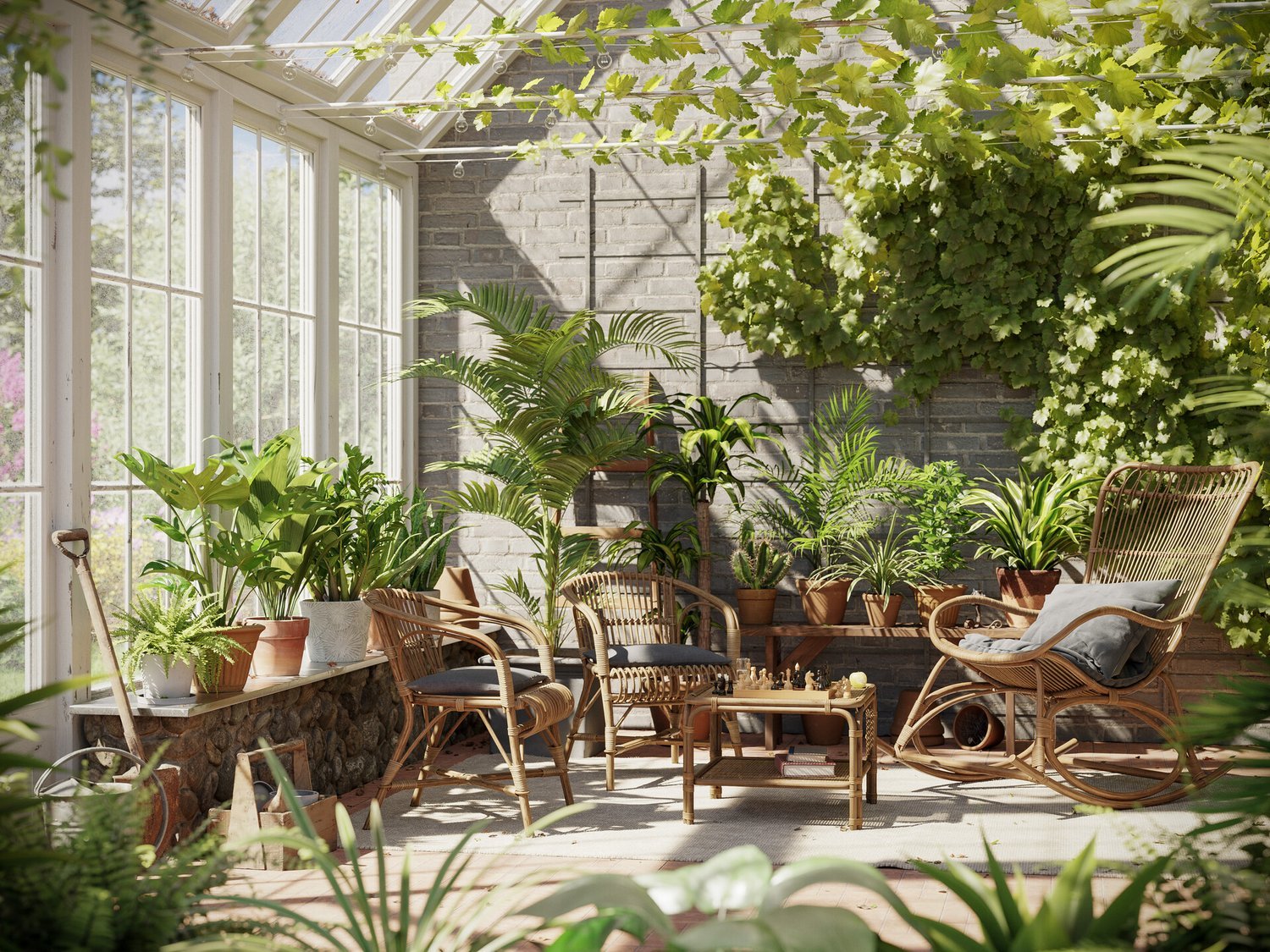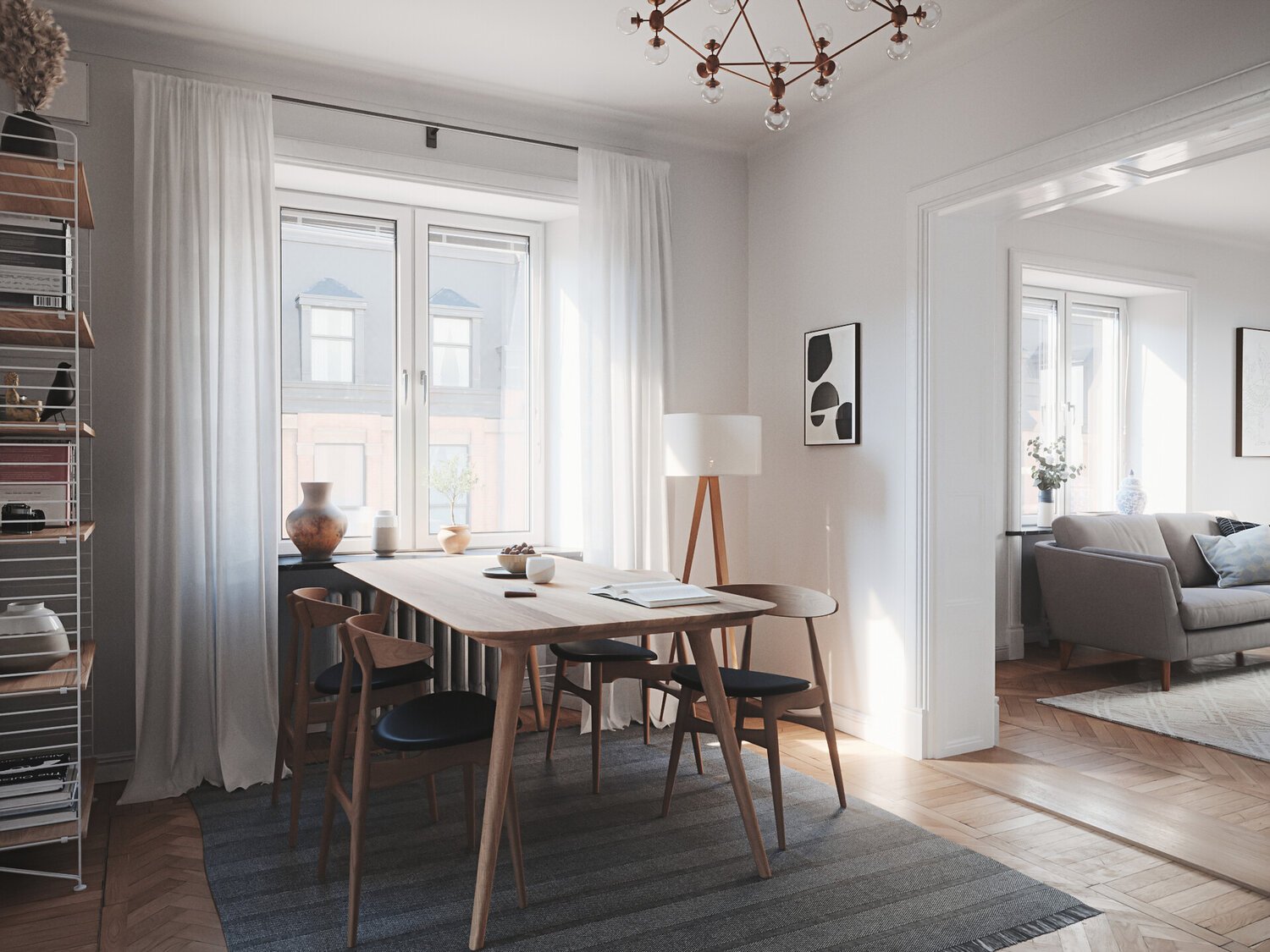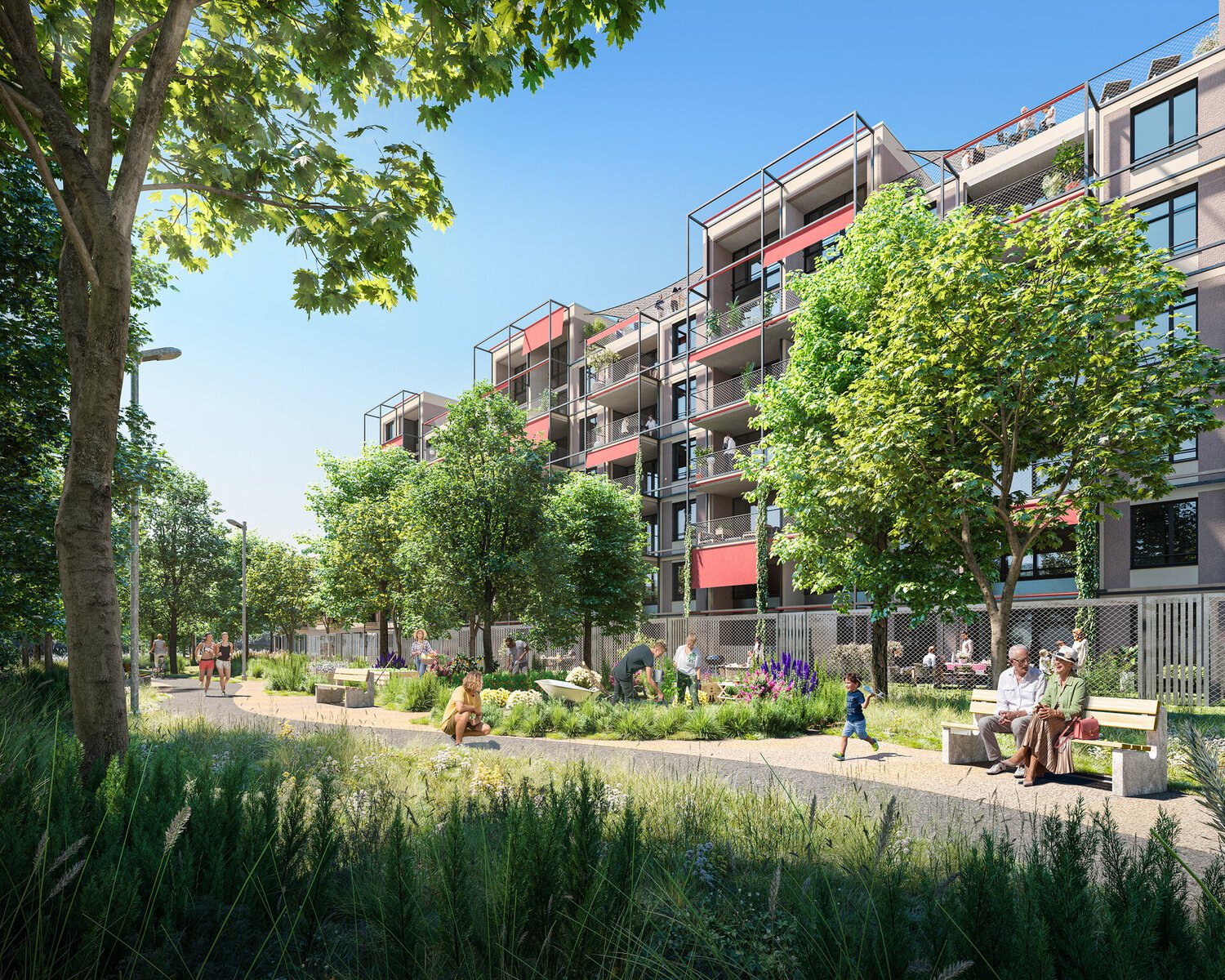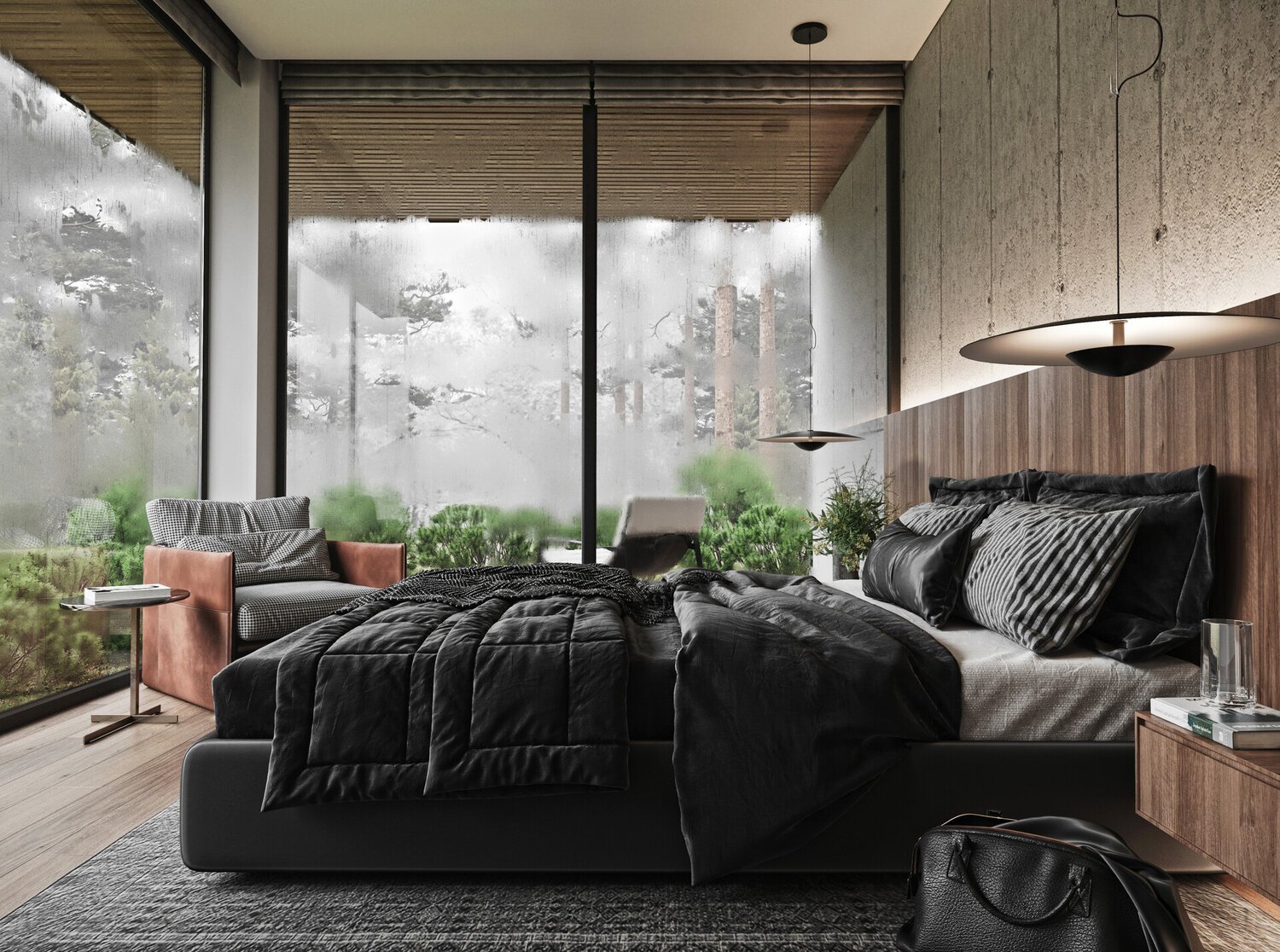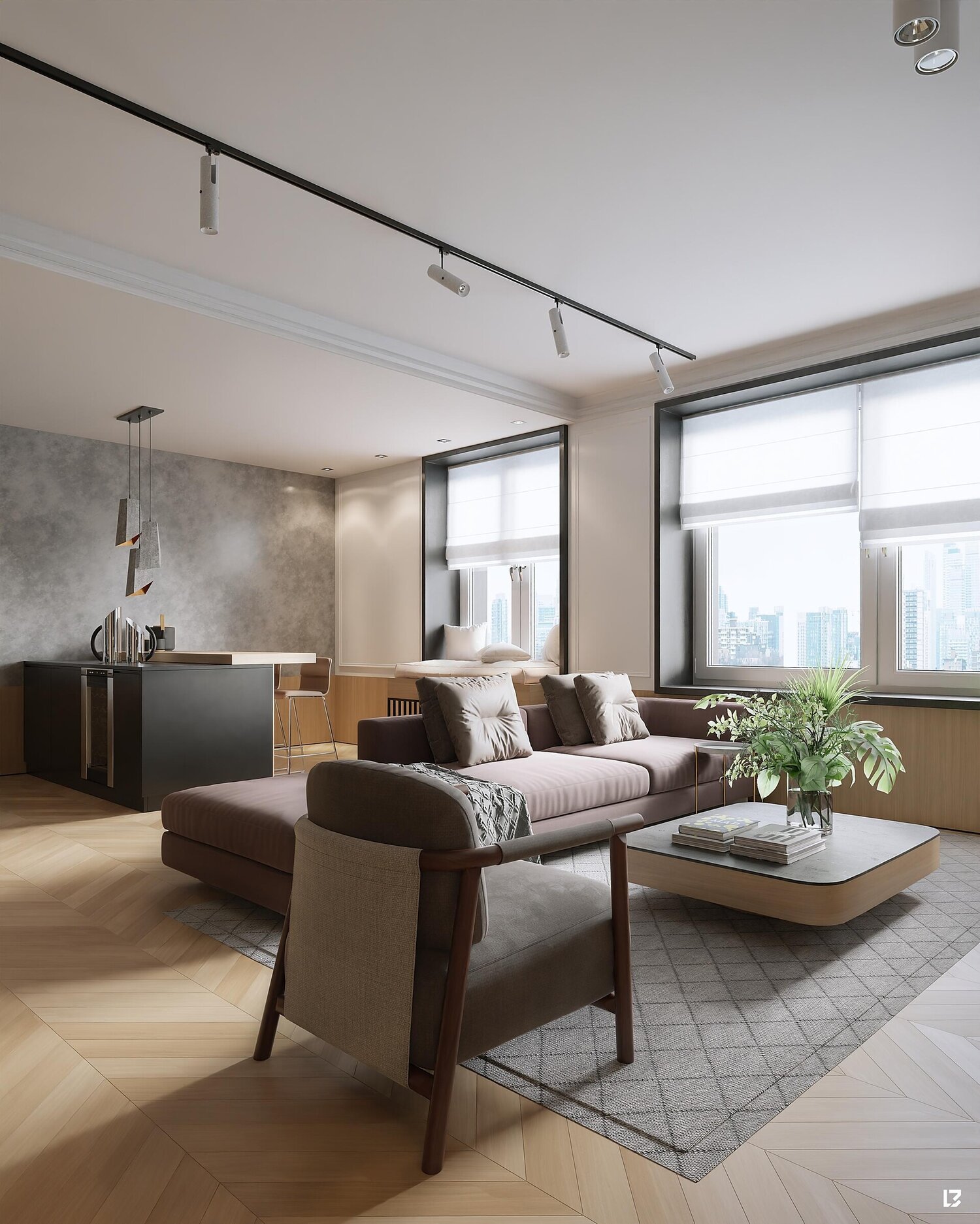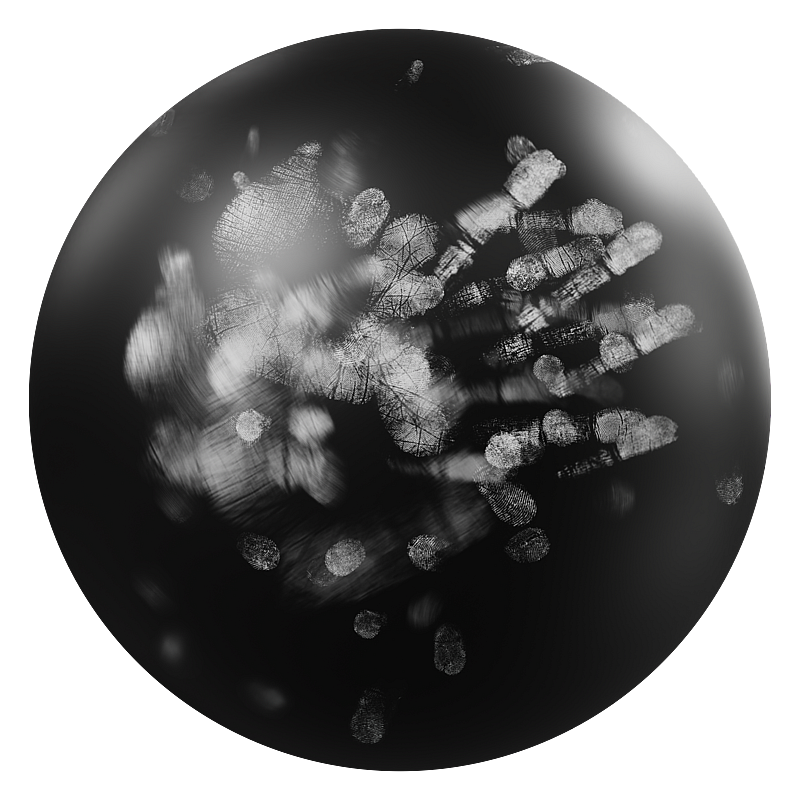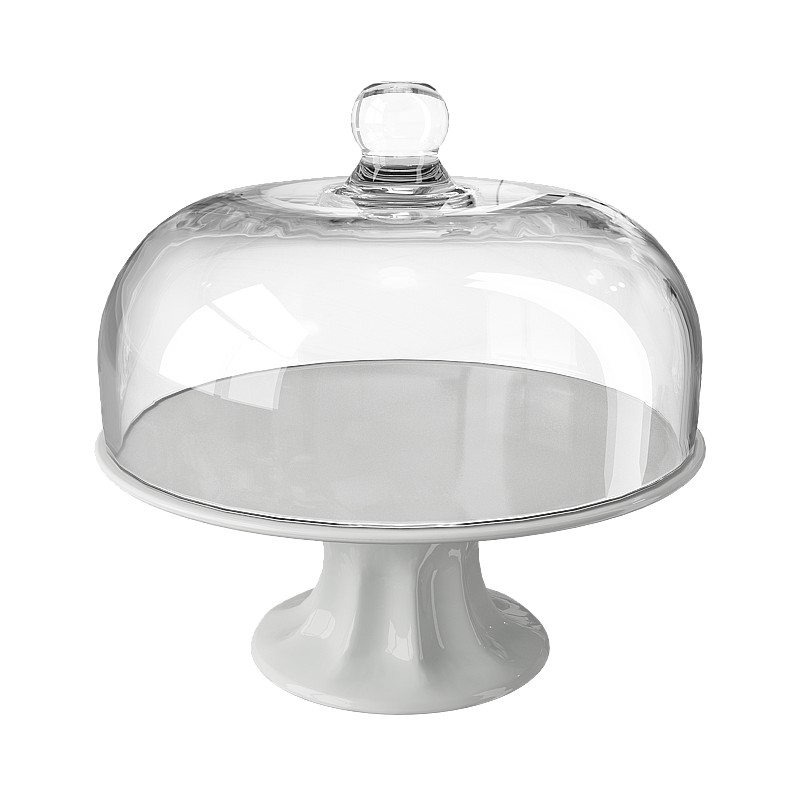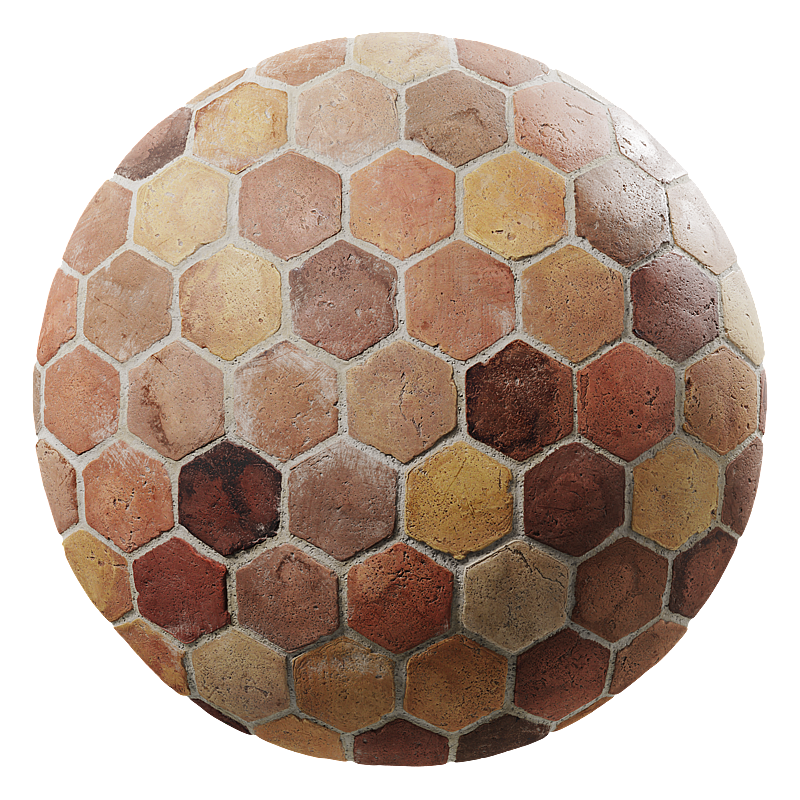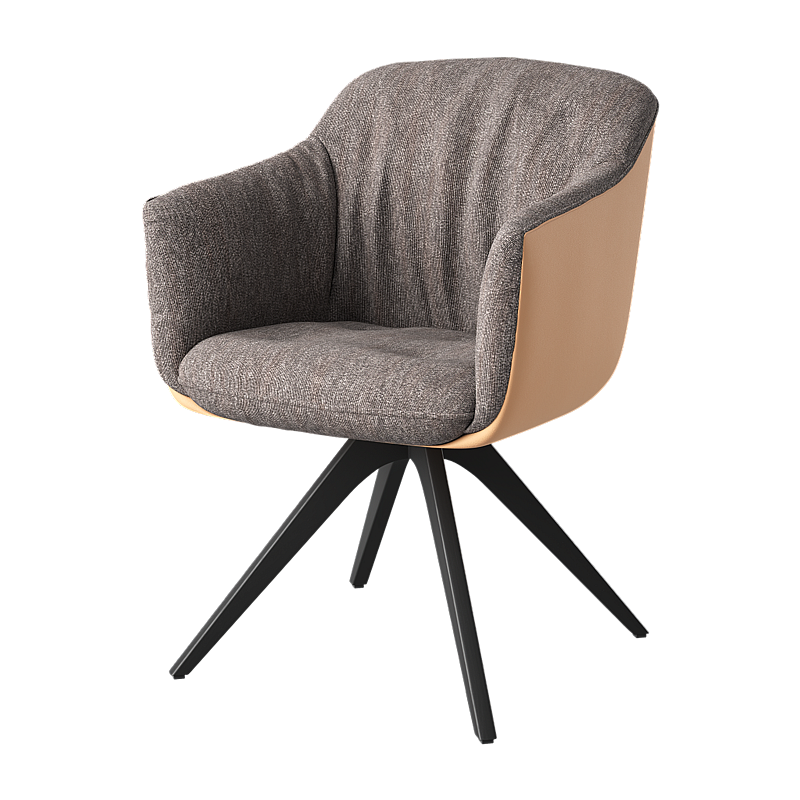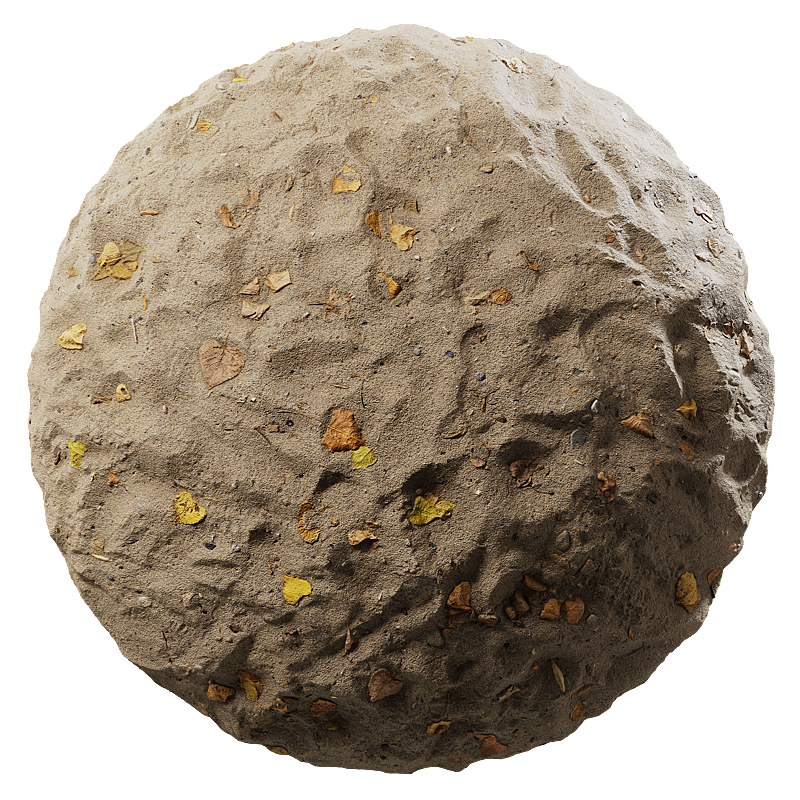7 Lessons Professional Archviz Artists Need to Learn
We reached out to 7 archviz professionals in our community and asked them a question for the next generation of 3D archviz artists:
What’s been the most important lesson you’ve learned as a 3D artist that you would pass onto other aspiring artists?
Here’s what they had to say.
‘Gummer’ by Duy Phan
1) Be “environmentally sensitive”
Duy Phan, Senior 3D Artist at Binyan Studios
“Recently, as I have been trying to improve my work, I realized I learn so much more when I’m away from the screens and immersing myself in the outdoors.
I used to walk through a park, a beach or a hill without asking or wondering why things are the way they are. After taking this path more seriously, I keep reminding myself to be more curious about my surroundings, waking myself up to understand the norm that convinces me ‘this is the real nature’.
I believe being more environmentally sensitive helps the artist bring the ‘soul’ back into the artwork. Saying all this is me trying to encourage us to not only spend more time walking outside, but also doing ‘nothing’ and asking ‘why’ and ‘how’ more often!”
2) Frame for emphasis
Artur Szóstakowski, Archviz artist & Founder of Megatecture
“Framing! I get a lot of comments that while my work isn’t quite photorealistic, they have something in the ‘framing’— a way of positioning the camera to fully emphasize on the project’s biggest pros, whilst also nullifying its cons. Clients say all the time this is a reason they contacted me in the first place.
I think it’s perhaps a skill I learned in architecture studies, but it can also be learned by observing architecture photography and the way photographers frame buildings.
The biggest ‘Aha!’ moment that every beginner archviz artist needs to experience, though, is using surface imperfections; they add a LOT of realism to the scene.”
‘Wallpaper Bathroom’ by Paco Barruguer
3) Never, ever stop exploring
Paco Barruguer, Freelance 3D Artist
“The secret to good design is to have a trained eye; there is no shortcut for this. It’s only when you’ve seen many, many scenes, that you can then unconsciously know how to combine colors and materials.
Never stop looking for new materials, or learning new trends. Just keep exploring; keep combining new materials, different vegetation, large windows, new styles.”
Take inspiration from Poliigon’s Top Renders like these.
4) Rely on references, not memory
Daniel Diaz Del Castillo, Founder & Director of Arqrenderz
“The most important lesson for me is that your memory is not perfect. Look for reference in every step of the project— when you’re making shaders, compositions and lighting. Look at movies or photographs, too; if you only look at renders, you’ll see an artist's interpretation of reality, not yours.
And always remember to work your textures or models with the project’s soul. All materials have imperfections; mother nature is super random, in ways that are difficult to simulate, so use all those grunge and dirty textures to give some more character and life to your creations.
As a last tip, don't waste your time with 2% noise targets! If the noise hasn't cleared on 7%, you have a problem in your scene; I never go lower than 5% noise target.”
5) Art transcends software
Helmy Ardiansyah, Freelance Architectural Visualizer
“Be resourceful; don’t focus too much on what software you’re using. I see many great projects that are all about artistic aspects like composition, color, and details, regardless of what software they’re using. In college, I remember admiring Alex Hogrefe’s stunning work created using SketchUp, Kerkythea Render, and Photoshop.
Just learn the foundations, and a great result will follow.”
6) Big picture thinking saves time and effort
Arnaud Imobersteg, Freelance Architectural Visualizer
“Well, 3D is a fascinating world…one that you can easily get trapped in, through turning around and zooming.
Keep the big picture in mind. Plan where you want to go and what you want to look at, to not waste time on less useful angles, or to avoid objects that you’ll never see in the framing. This also means that there are a lot of things that can be added directly in 2D post processing.”
7) The assets are available. Use them, but not as is
Paweł Pęcherzewski, 3D Artist at Poliigon
“So far, the thing that had the biggest impact for me was learning that there's nothing wrong with using assets you didn’t create yourself. People often try creating everything themselves; which is good in the beginning, because you'll need those skills. But later on, there's no point in making the same thing for the 10th time once you know the workflow. It's a waste of time that will slow down your progress - and no client will wait for you to make a chair, if you can buy it and save them hours.
The other extreme of this issue is that some people take assets from the internet and just place them into their scenes. I rarely do that - almost every model needs some modifications to suit your scene.
Take breaks - even week-long - when working on something for a while, to come back to it with fresh ideas; you'll notice things you haven't before and will be able to improve upon them.
The biggest factor of creating realistic water is not the water itself, but what's underneath the surface; the rocks, the sand, the reef.
And keeping your files organized, such as collections in Blender. In Blender, the best way to keep everything organized is to name every object and material for what it is (descriptions work too). This includes keeping your collections in the right hierarchy: make one for ‘Foliage’ and keep other collections like ‘Grass’, ‘Trees’, ‘Shrubs’ etc inside. Those sub-collections can be divided even further; you can have different species, sizes, whatever you need.
This avoids any chaos in your files; there won't be any problems finding stuff and your work will be far more pleasant and fun.”

